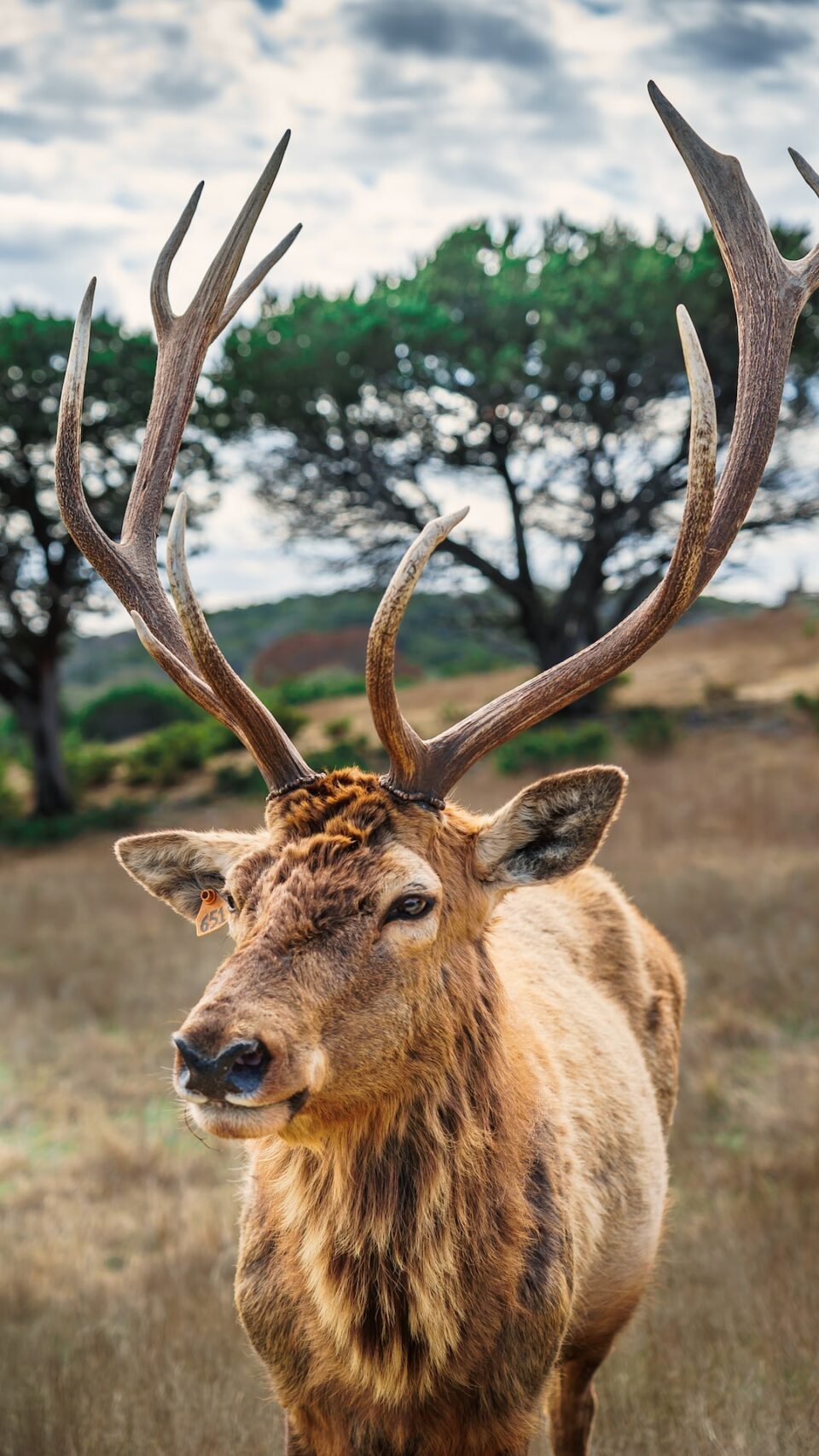How Animals Adapt to Extreme Environments: From Deserts to Arctic Regions
The diversity of life on our planet is truly remarkable. From the dense rainforests to the vast oceans, animals have managed to adapt to nearly every habitat imaginable. However, some animals have taken this ability to adapt to the extreme, thriving in environments that would prove inhospitable to most others. This is particularly evident in two contrasting habitats: deserts and Arctic regions. Let’s explore how animals have adapted to these extreme environments.
Desert Animals:
Deserts are harsh and arid landscapes with scorching temperatures and limited water resources. Surviving in such an extreme environment requires a unique set of adaptations. One of the key features seen in desert animals is their ability to minimize water loss. Many desert animals have evolved the ability to conserve and obtain water from their food, reducing the need for external hydration. For instance, the fennec fox, a small desert-dwelling mammal, has highly efficient kidneys that allow it to reabsorb water from its urine. Similarly, the kangaroo rat has the remarkable ability to concentrate its urine, minimizing water loss.
Another adaptation commonly observed in desert animals is the ability to withstand high temperatures. The camel, often referred to as the ship of the desert, is a prime example. Camels have several physiological adaptations that enable them to endure extreme heat, such as their ability to store fat in humps – a source of energy and water. Additionally, their long legs keep their bodies further from the hot sand, and their broad, tough feet help distribute their body weight, reducing sinking and heat conduction.
Furthermore, some desert animals have evolved unique behaviors to survive the scarcity of food and water. The desert tortoise, for instance, can go for months without drinking water by absorbing moisture from the plants it consumes. They also can dig burrows to escape the desert’s scorching heat during the day. Similarly, the sand gazelle has adapted to eat thorny desert shrubs, obtaining much of its necessary moisture from these plants.
Arctic Animals:
In stark contrast, Arctic regions are known for their freezing temperatures and long, harsh winters. Animals that call these regions home have devised ingenious adaptations to thrive in these icy landscapes. One of the most remarkable examples is the polar bear. Adapted to the cold, they have a layer of blubber that provides insulation and buoyancy. Polar bears also have white fur, acting as effective camouflage in the snowy environment while helping them retain heat. They possess a keen sense of smell, allowing them to detect prey from long distances, even through layers of ice and snow.
Another outstanding adaptation can be observed in the Arctic fox. These animals change the color of their fur depending on the season. In winter, their fur turns white to blend with the snow, providing effective camouflage from predators. During the summer, their fur turns brown or gray to match the tundra landscape. This adaptation enables them to hunt efficiently and remain inconspicuous in their environment.
Arctic animals also exhibit unique adaptations to cope with the scarcity of food during winter. The muskox, for instance, has a thick coat of fur and a layer of fat that helps insulate it from the freezing temperatures. Their hooves, broad and rounded, act as snowshoes, allowing them to walk easily on the deep snow while conserving energy. Additionally, muskoxen form tight-knit groups, protecting each other from predators and sharing body heat. This sense of community is a vital adaptation for survival in the Arctic regions.
In conclusion, nature’s ability to adapt to extreme environments is truly awe-inspiring. Whether it’s the arid deserts or the frozen Arctic regions, animals have evolved remarkable adaptations to survive and thrive. From minimizing water loss to regulating body temperature, the remarkable characteristics observed in these animals provide valuable insights into the power of adaptation. As we continue to explore and understand the wonders of the natural world, it is crucial that we work towards preserving these unique habitats and the incredible wildlife that call them home.

